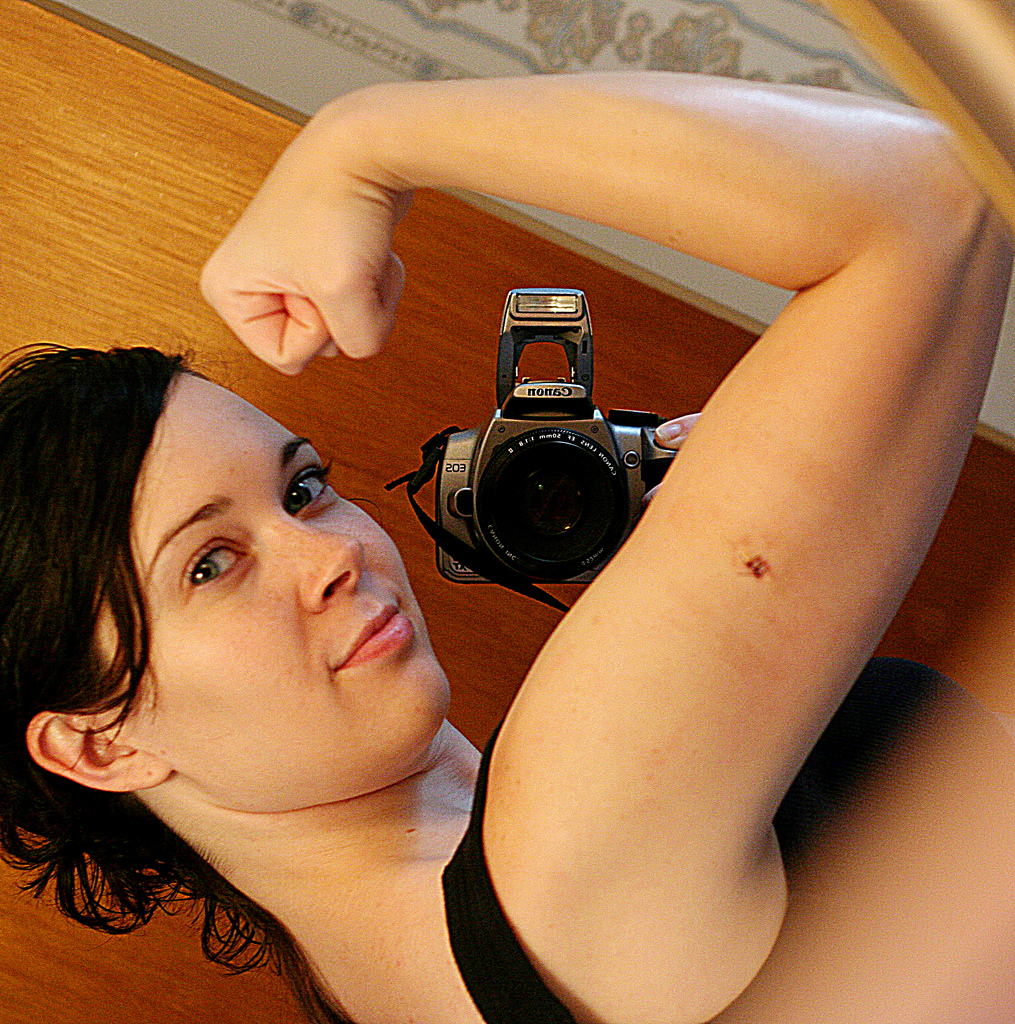Melanoma Skin Cancer Biography
Source (google.com.pk )Melanoma is the most deadly form of skin cancer, and although it occurs for several reasons, the most preventable cause is exposure to the sun.
If you were born in 1935, you might be the one of 1,500 who develops an aggressive form of skin cancer called invasive melanoma sometime during your life. But if you were born in 2000, your chances spike to 1 in 75. If the trend continues, children born in 2010 could have a 1 in 50 shot of developing it. Melanoma is the most deadly form of skin cancer, and although it occurs for several reasons, the most preventable cause is exposure to the sun. Tans and sunburns are signs that your skin is damaged. Learn the risks. Protect yourself.
1. Melanoma is skin cancer, and nobody dies of skin cancer, do they?
Wrong. There are three types of skin cancer:
melanoma
squamous cell carcinoma
basal cell carcinoma
Melanoma is the most aggressive type of cancer of the three, and it kills nearly 8,000 Americans each year. That's nearly one person every hour. Melanoma is the most common cancer in white women, ages 25 to 29, and white men in Michigan, ages 25 to 44. But it is also one of the most curable if it's detected and treated early.
2. I'm African-American. I can't get melanoma.
Yes, you can. Although melanoma occurs less frequently in people who have darker skin, anyone can have it. Generally speaking, however, you are at greater risk for skin cancer if you have fair skin, freckles, blue or green eyes, or red or blond hair. Although the exposure to the sun is one risk factor everyone can control, it is not melanoma's only cause. The most common locations where melanoma occurs in African-Americans are the palms of the hands, soles of the feet and underneath nails.
3. I have a strange-looking mole. Is it melanoma?
Anytime you have a changing mole, or one that looks different than it did before, you should go see your family doctor or dermatologist. Melanoma is highly curable if it's discovered and treated early. That's why it's important to do monthly self-exams so that you notice changes in your skin. Find an area of your home with bright light and a full-length mirror. Inspect your entire body, using a hand mirror to see parts of the body that are difficult to reach. Check your scalp by blowing your hair upward with a hair dryer.
View / download our Self-Screening Skin Card for pictures and descriptions of exactly what you should be looking for. Or, download our UMSkinCheck on iTunesgoing to a new website a mobile app.
4. What am I looking for during these self-exams?
Learn the "ABCDs" of melanoma.
Assymetry: - Draw an imaginary line through your mole. Do both sides look alike? If not, see your doctor.
Border: - Look at the outside edge of your mole. Are its edges sharp and easy to distinguish from surrounding skin? If the edges look ragged or fuzzy, see your doctor.
Color: - Check the color of your mole. Is it the same throughout or does it vary with shades of dark brown, black, white, red or blue? If it isn't the same color throughout, see your doctor.
Difference: - Have your moles changed in size, shape or color? Are they suddenly itchy? Most moles on a person's body share a common look; did you find one that looks different than the others? Do you have a new, changing mole or suspicious looking patch of skin? Any time you notice a difference in moles or on other parts of your skin, see your doctor.
View / download our Self-Screening Skin Card for pictures and descriptions of exactly what you should be looking for.
5. Can I get skin cancer on parts of my body that aren't exposed to the sun?
Yes. Although we often don't think of the skin as an organ in the same way as we would the heart or the liver, it's actually the body's largest organ. That's why it's very important to check every inch of your skin, even in the genital region, underneath the breast line and between your toes. Remember, exposure to the sun is not the only cause of melanoma, just the most preventable one.
6. Can a doctor tell by looking at my mole whether I have melanoma?
No, in order to confirm a skin cancer diagnosis, your doctor will need to biopsy your lesion, or "spot." Your doctor will remove the lesion and then send it to a lab to determine whether it contains cancerous cells
Melanoma Skin Cancer Skin Cancer Pictures Moles Symptoms Sings On Face Spots On Nose Photos Types Pics Wallpapers Pics
Melanoma Skin Cancer Skin Cancer Pictures Moles Symptoms Sings On Face Spots On Nose Photos Types Pics Wallpapers Pics

Melanoma Skin Cancer Skin Cancer Pictures Moles Symptoms Sings On Face Spots On Nose Photos Types Pics Wallpapers Pics

Melanoma Skin Cancer Skin Cancer Pictures Moles Symptoms Sings On Face Spots On Nose Photos Types Pics Wallpapers Pics

Melanoma Skin Cancer Skin Cancer Pictures Moles Symptoms Sings On Face Spots On Nose Photos Types Pics Wallpapers Pics
Melanoma Skin Cancer Skin Cancer Pictures Moles Symptoms Sings On Face Spots On Nose Photos Types Pics Wallpapers Pics

Melanoma Skin Cancer Skin Cancer Pictures Moles Symptoms Sings On Face Spots On Nose Photos Types Pics Wallpapers Pics

Melanoma Skin Cancer Skin Cancer Pictures Moles Symptoms Sings On Face Spots On Nose Photos Types Pics Wallpapers Pics

Melanoma Skin Cancer Skin Cancer Pictures Moles Symptoms Sings On Face Spots On Nose Photos Types Pics Wallpapers Pics

Melanoma Skin Cancer Skin Cancer Pictures Moles Symptoms Sings On Face Spots On Nose Photos Types Pics Wallpapers Pics

No comments:
Post a Comment